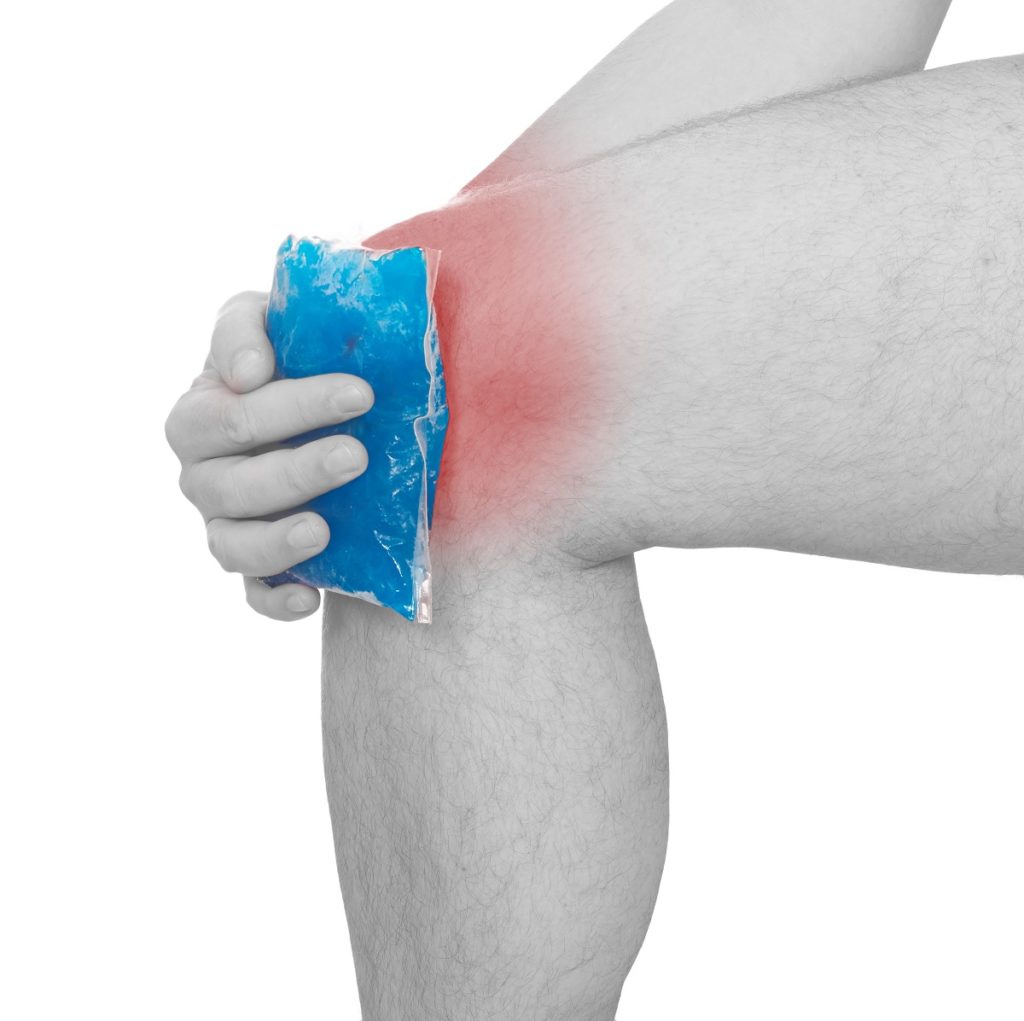Learning something new will always come with complicated techniques and unfamiliar terminology. This alien territory will seem daunting at first whether it’s speaking basic vocabulary in a different language or learning how air conditioning installation works. But after understanding the foundation and deliberate practice, the activity will become easier and more natural to you.
One has to shake off the beginner’s anxiety and power through the initial difficulty and embarrassment of not knowing. It is normal not to know how things work at first and rely on an expert to guide you through the process.
The same is true for people planning to embark on their first off-road trip. Scouring the web will lead to a confusing trail of technical terms and guidelines. Thankfully, it’s easy to find communities that have made off-road driving their passion and advocacy. You can find Reddit threads, organizations like the Recreational Off-Highway Vehicle Association (ROHVA), and local neighborhood groups who are willing to help out beginners understand the activity.
Here are a few basic terms that you might stumble upon in preparation for that first ride:
Air-Down Tires
On paved city streets, underinflated tires can be a problem due to how it can cost fuel mileage and wear out tires faster. But the opposite is true for going off-road. It is recommended to air down tires to a lower pressure than what is stated in the owner’s manual because it can improve the tire’s grip to the ground. This is especially helpful when the terrain is rockier because the low pressure will ensure slower speeds for better maneuvering.
Approach and Departure Angle
You’ll probably hear these terms when off-road enthusiasts discuss how to overcome obstacles like cliffs, big rocks, and swampy lands. These two angles rule how your vehicle can go over or go down a certain trail without hitting its bumper. You will know your car’s approach angle by drawing a straight line from the front tire to the front bumper. The departure angle, in the same thread, is the straight line drawn from the back tire to the back bumper. Those lines must not exceed the ground, or else your vehicle might get damaged.
Center of Gravity
Gravity is the biggest nemesis of off-road drivers. Every climb, slide, and drive over will have gravity as the gatekeeper, which is why it is vital to know where your vehicle’s center of gravity is. It will influence how easy or hard it is for your car to roll ever. A high center of gravity will mean that you are more likely to tip over. For many cars, the center of gravity is a foot or two off the ground and a bit forward from the center.
Locking Differentials

Locking differentials go by many names such as differential lock, diff lock, or locker, and come in five main types. But basically, their function is to lock the turning of the left and right well together. On paved streets, the wheel on the inside of a corner turns more slowly due to traveling a lesser distance than the outside. This inconsistent speed between the left and right sides of the car is a pain when going off-road because it can lead to a loss in the tire’s grip. Each wheel must be able to turn at full blast to go over obstacles. In most 4×4 vehicles, controlling the locking differentials happen in a push of a button.
Going off-road serves as an escape from the dreaded traffic in the city and as a challenge for those willing to improve their driving skills. Knowing the vocabulary will follow after a few insightful trips.




